The Persian Miniature Art Intricate Paintings of a Rich Tradition
Unveiling the Allure of Persian Miniature Art
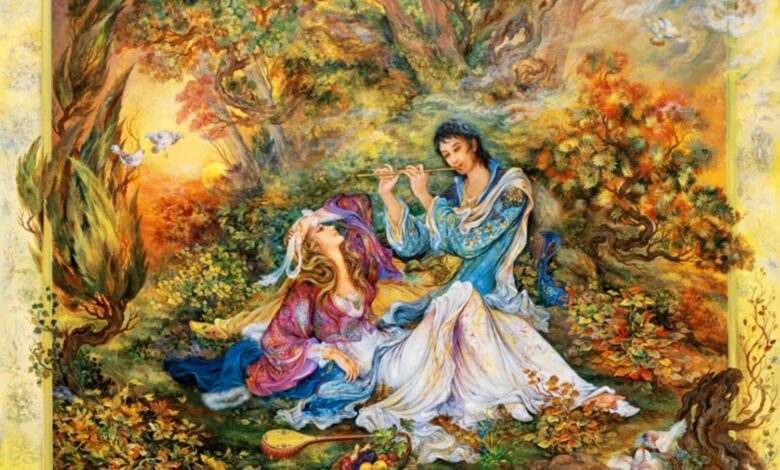
Persian miniature art is an enchanting world where every meticulous brushstroke whispers a tale, every vibrant color resonates like a melodic poem, and every intricate detail holds an entire universe within. This captivating art form, originating from the heart of ancient Persia, now known as Iran, is a true testament to the rich tapestry of history, culture, and unparalleled craftsmanship. As we embark on a journey into the captivating realm of Persian miniatures, we uncover the intricate techniques, the delicate symbolism, and the profound narratives that make these masterpieces not merely paintings but cherished embodiments of a vibrant and enduring tradition. Prepare to be captivated by the mesmerizing beauty and profound storytelling that awaits within the world of Persian miniature art.
Contents
What is Persian Miniature Art?
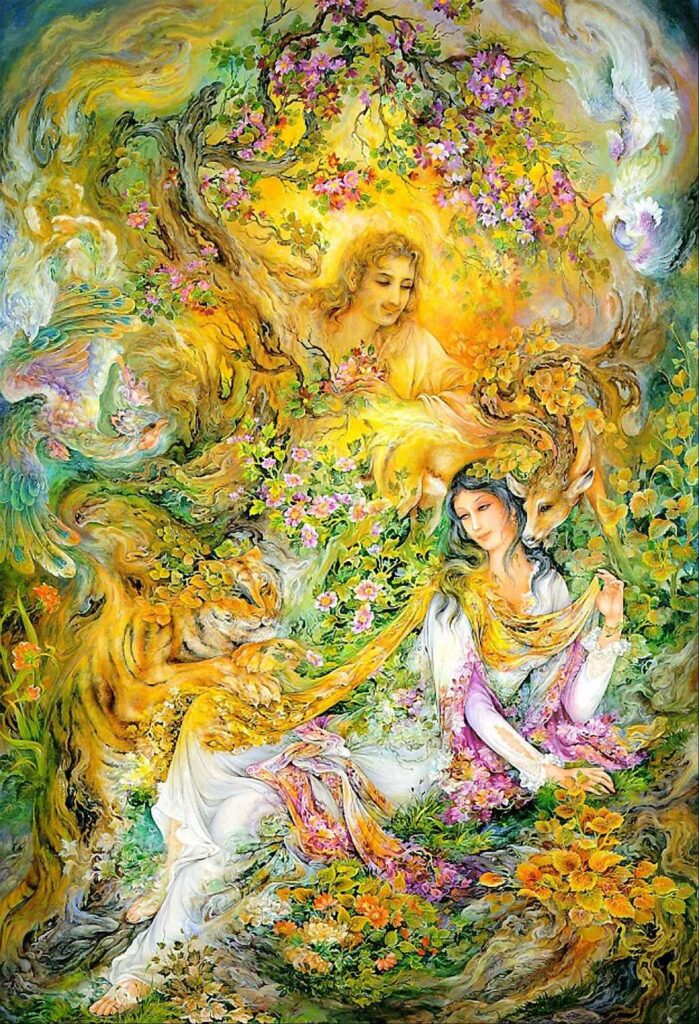
Persian miniature art, a traditional painting style, captivates with its intricate details and vibrant colors. Often drawing inspiration from Persian mythology, poetry, and literature, these paintings, known as “miniatures,” were intended to be held in hand or used in manuscripts rather than hung on walls.
Originating in the 13th century, Persian miniatures reached their pinnacle during the Safavid dynasty in the 16th century. Beyond being mere art, they serve as visual embodiments of Persian cultural values, beliefs, and aesthetics.
The Canvas of History

Imagine a world devoid of cameras, televisions, or the internet, where tales of emperors, heroes, and gods were not conveyed through tweets or blogs but painstakingly preserved by the hands of artists. These miniatures acted as storyboards, encapsulating the essence of Persian legends and poetry, particularly the grand works of poets like Ferdowsi and Hafez.
Vibrant hues adorned paper, camel bone, and even walls, bringing these stories to life. Yet, the artistry extended beyond mere illustration of narratives. Each painting became a microcosm of Persian society, capturing snippets of daily life, courtly scenes, and joyous festivities immortalized within delicate, diminutive frames.
The Technique and Symbolism
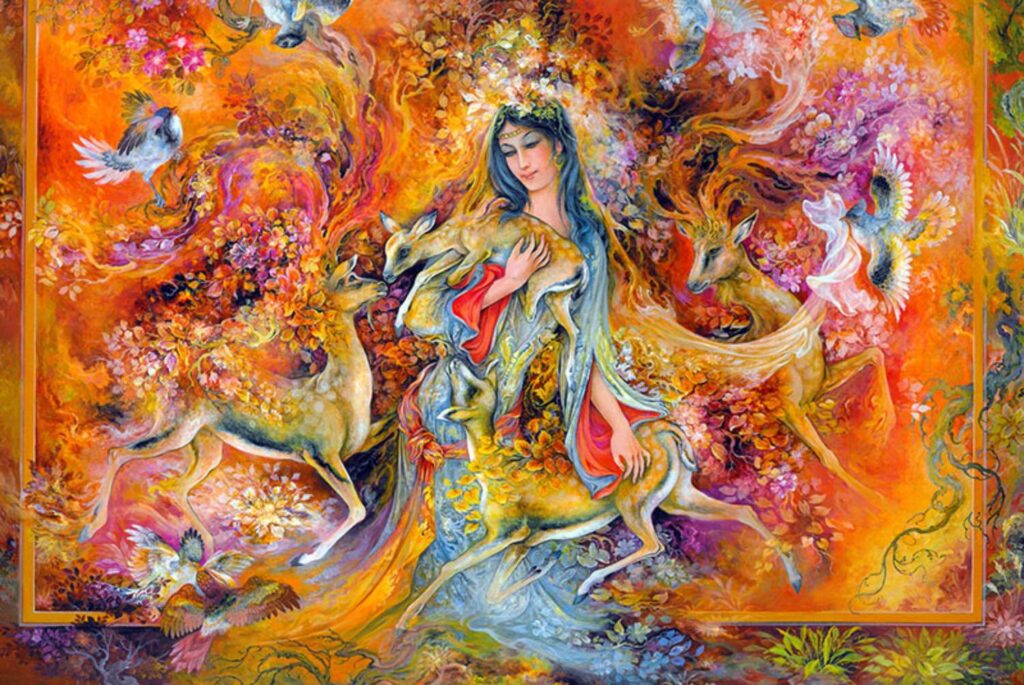
Creating a Persian miniature is a laborious process that requires immense love and patience. Artists begin by meticulously sketching, followed by applying a watercolor base. Then, using brushes made of just a few squirrel or camel hairs, they delicately layer incredibly fine lines and intricate details.
These paintings are imbued with profound symbolism. Each color, figure, and even the direction in which a figure faces holds significant meaning. Gold often represents a divine light, while depictions of gardens and spring landscapes evoke the concept of paradise. Human figures are portrayed with elongated forms and stylized postures, emphasizing their spiritual essence rather than their physicality.
The Dance of Colors
The palette of Persian miniatures unveils a realm of enchantment. Crafted from minerals, vegetables, and even precious metals, these colors transcend their earthly origins, transforming into something ethereal upon the canvas. The blues possess the depth of the endless ocean, the greens exude the freshness of newly blossomed leaves in spring, and the reds and golds radiate with the fiery intensity of a setting sun.
Exploring Iran, The Land of Art and Culture
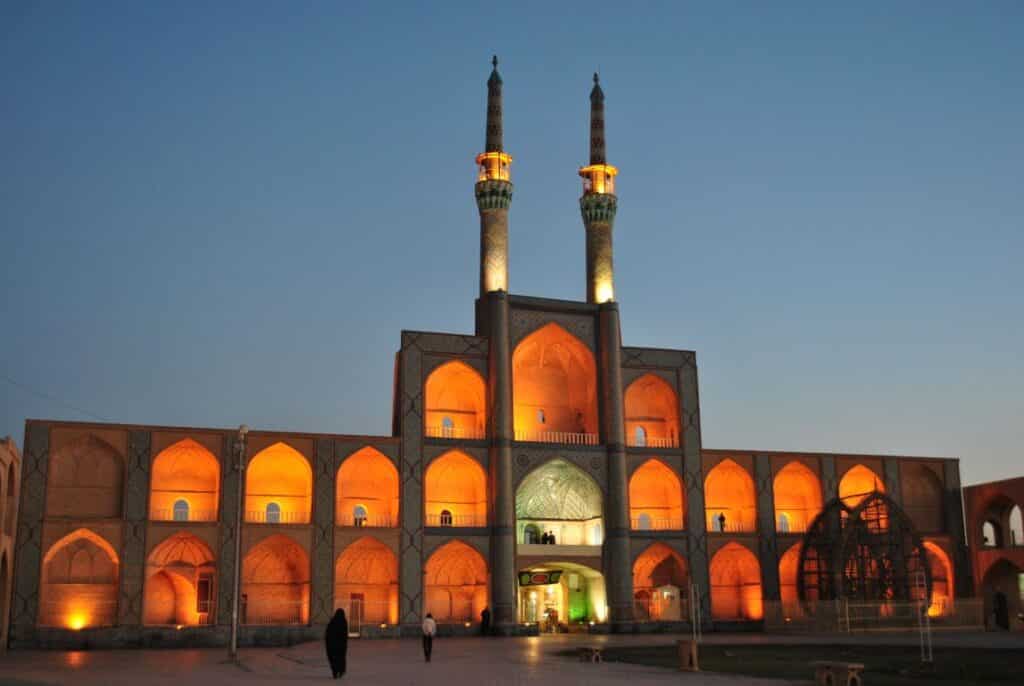
The Storytellers of the Canvas
The creators of these miniatures were more than mere artists; they were masterful storytellers, poets, and philosophers. Each brushstroke on their canvases offers a glimpse into the captivating essence of Persian civilization. Legendary artists such as Behzad had an extraordinary talent for breathing life into characters, skillfully encapsulating emotion and movement within a single frozen moment.
The Legacy and Influence
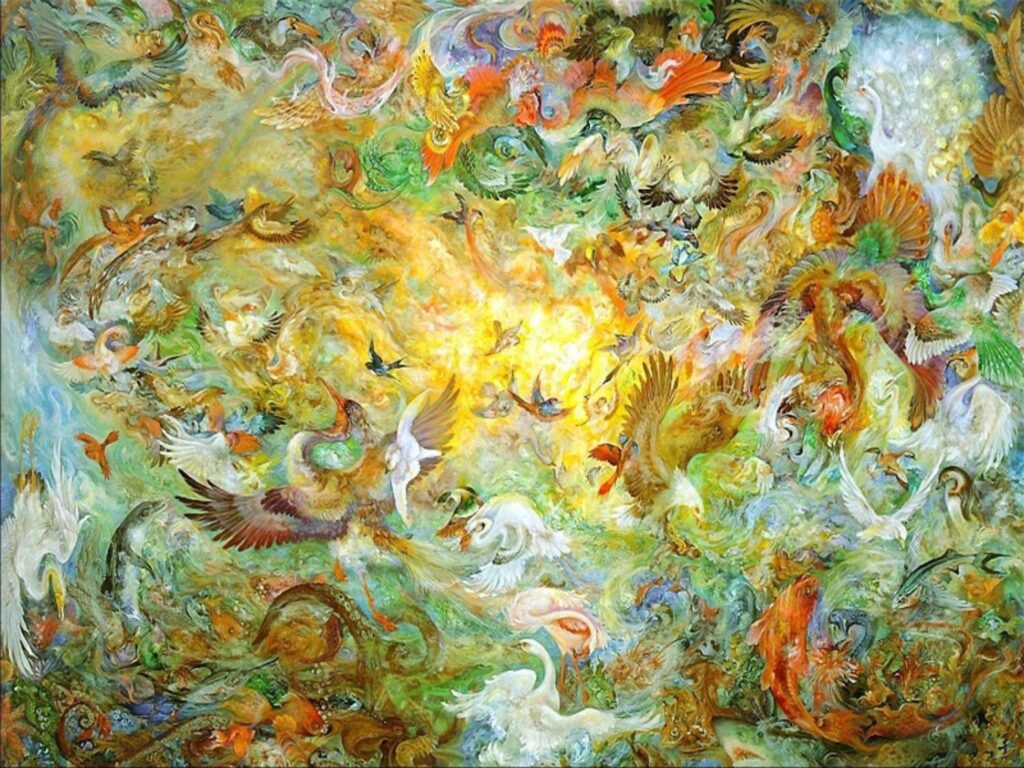
The influence of Persian miniatures transcends borders. The Mughals in India, the Ottomans in Turkey, and Tamerlane in Central Asia were all captivated by the enchanting allure of these artworks, incorporating and adapting the art to their own unique cultures.
Even today, these paintings serve as a wellspring of inspiration for art enthusiasts, scholars, and even fashion designers around the world. They are not merely paintings but treasured legacies of humanity’s creative heritage, revered and passionately studied, exhibited, and collected.
A Dialogue with the Divine
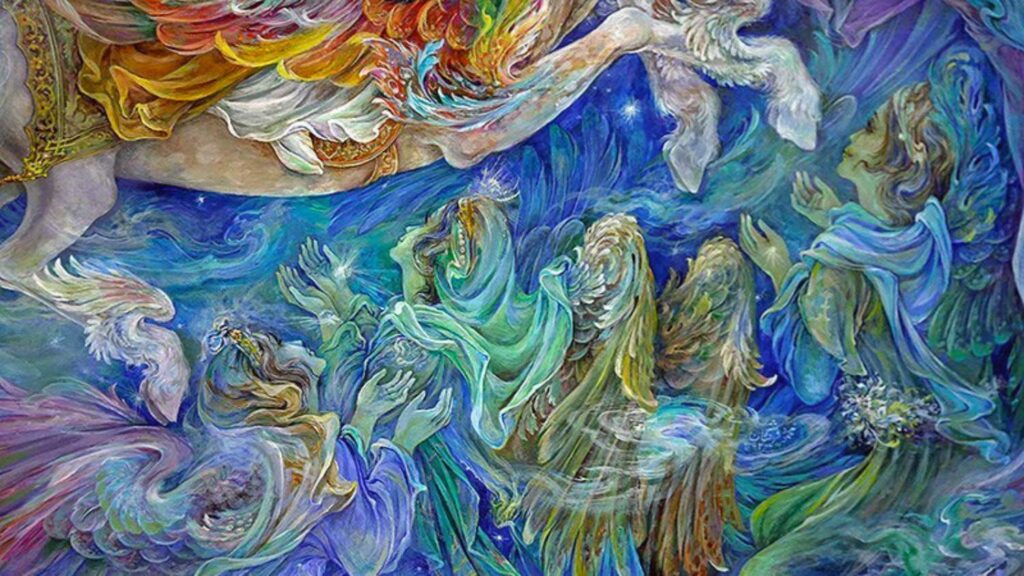
Persian miniatures engage in a profound dialogue with the divine despite the constraints of Islamic art that avoids depicting living beings in religious contexts. These miniatures ingeniously flourish within those limitations by utilizing symbolism and metaphor to convey their messages. They serve as a medium for artists to explore the intricate relationship between the human and the divine, the earthly and the ethereal.
The miniature depictions of gardens, with their flowing streams and lush greenery, transcend mere landscapes. Instead, they represent the heavenly gardens described in Islamic texts. The lovers portrayed in these miniatures symbolize the soul’s deep yearning for union with the divine, a prevailing theme in Sufi poetry.
The Modern Miniaturist

The modern miniaturist not only pays homage to the past but also plays a vital role in reinterpreting traditional forms for today’s audience. They bring fresh perspectives to this ancient art, infusing it with contemporary relevance. This dynamic evolution keeps the tradition vibrant, preventing it from becoming a mere relic of the past.
New miniatures now tackle contemporary issues such as gender equality, environmental concerns, and global peace. This infusion of contemporary relevance serves as a powerful reminder that while the world has changed immensely since the days of the ancient Persians, some things—like the pursuit of beauty, the art of storytelling, and the need for reflection remain timeless.
Preservation and Continuation
Preserving the ancient tradition of Persian miniature painting goes beyond mere preservation of old works. It is a testament to keeping the art form vibrant and alive. In recent years, there has been a renewed interest in this exquisite art, with artists and enthusiasts diligently studying the traditional techniques and applying them to contemporary subjects.
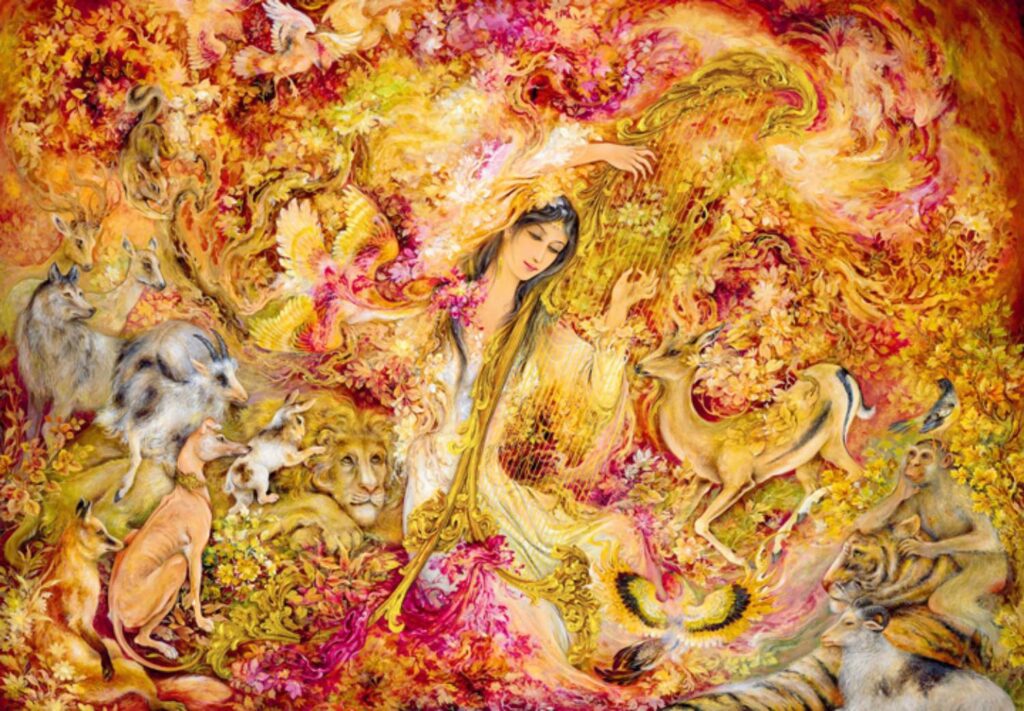
These modern miniatures pay homage to the past through their meticulous attention to detail and captivating storytelling. However, they also venture into uncharted territories, exploring modern themes and addressing current issues. It ensures that the art form continues to evolve while honoring its rich heritage.
A Persian miniature can be likened to a book, where countless strokes and symbols replace words on a page; just like a captivating book, a Persian miniature beckons you to return, unveiling new details and deeper meanings with each visit. It is not merely an art form but a conduit of cultural expression that encapsulates the philosophical, spiritual, and aesthetic values of a civilization. It transports us to a world of grand epics and intimate moments, where every dot of paint and delicate line serves a purpose. This rich tradition of intricate paintings is a testament to the enduring human spirit to narrate, depict, and celebrate the complexities of life in the most enchanting and minuscule formats.



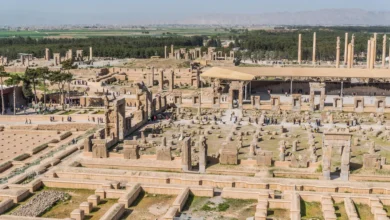
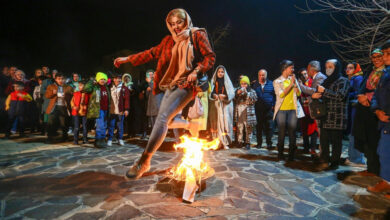
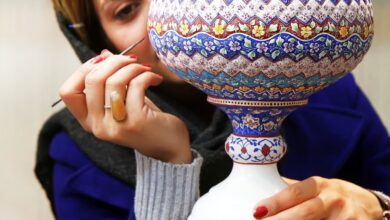
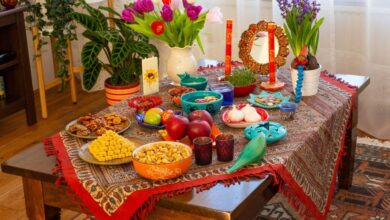
Great job, keep it going